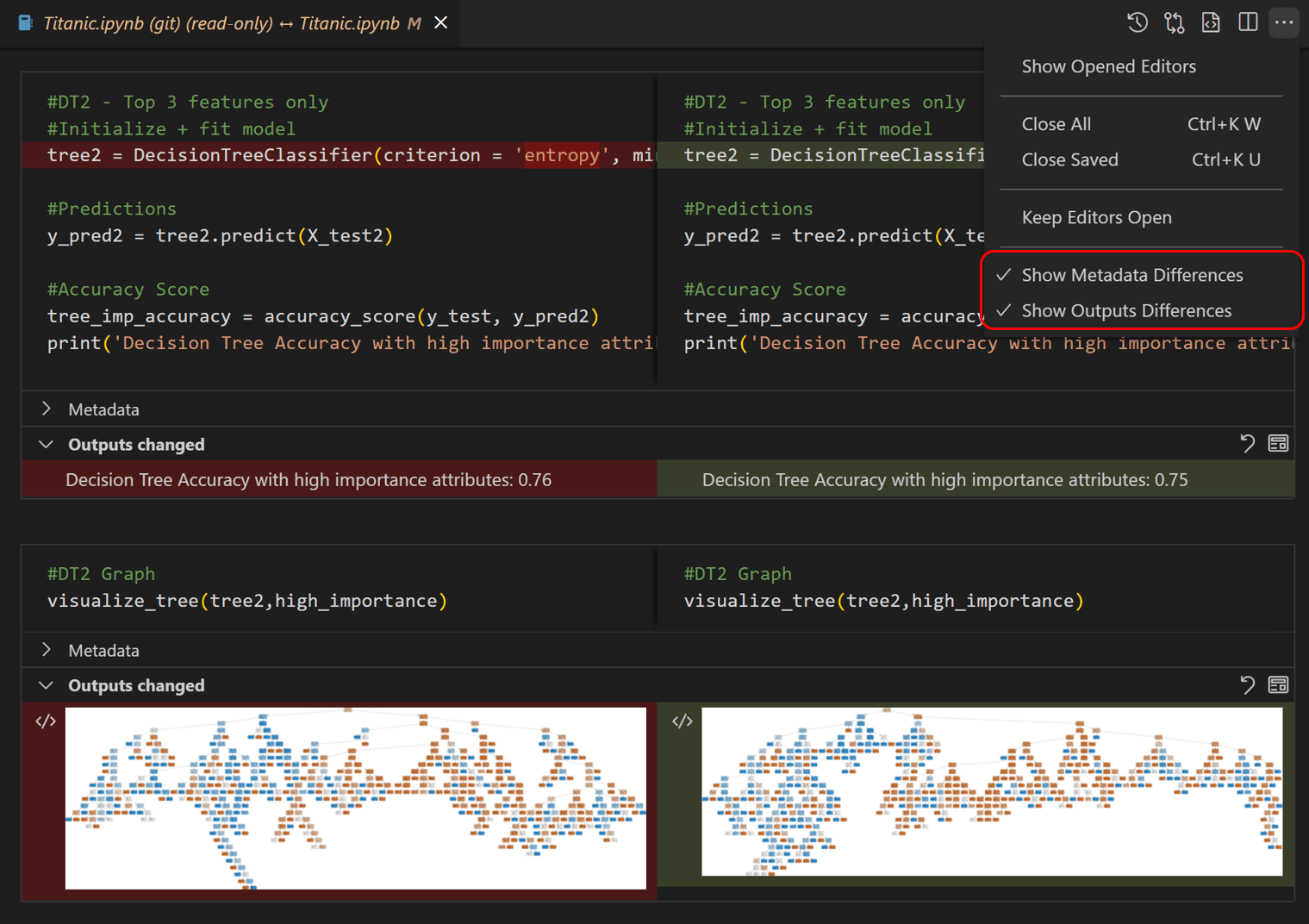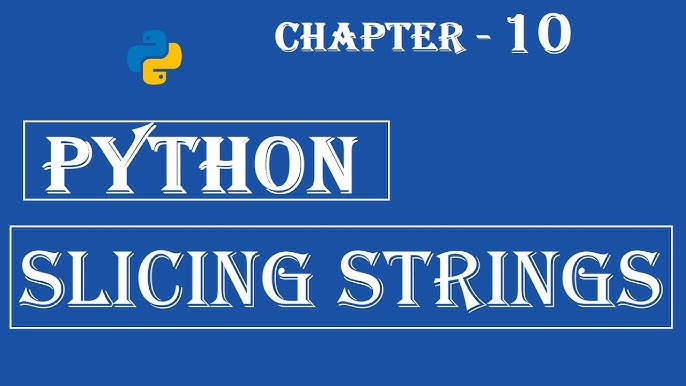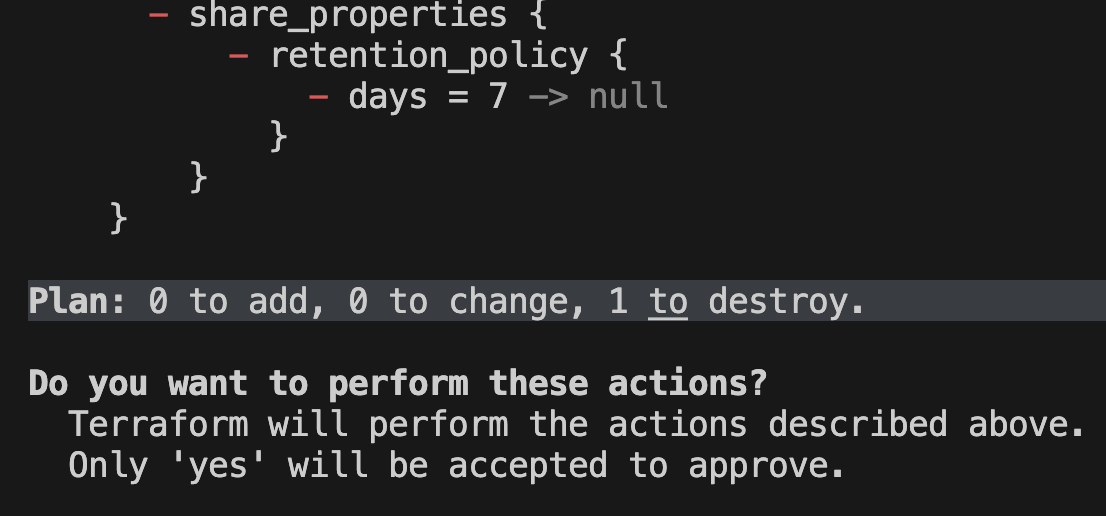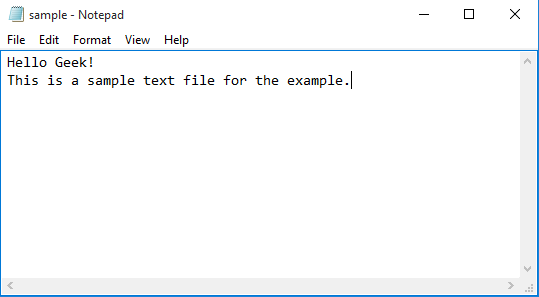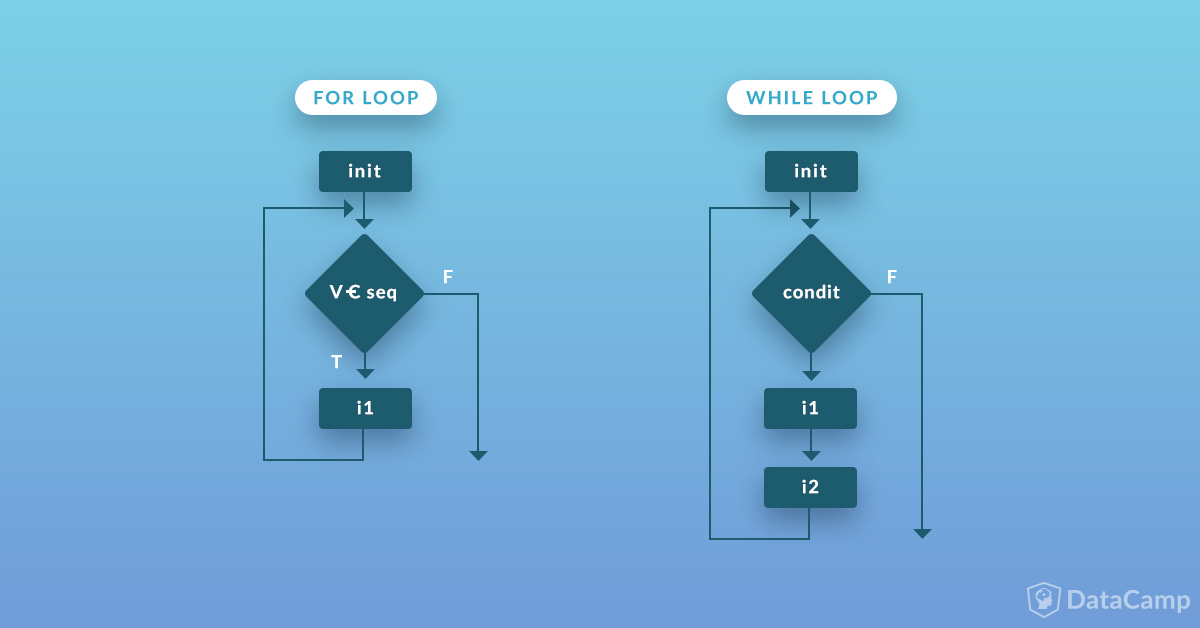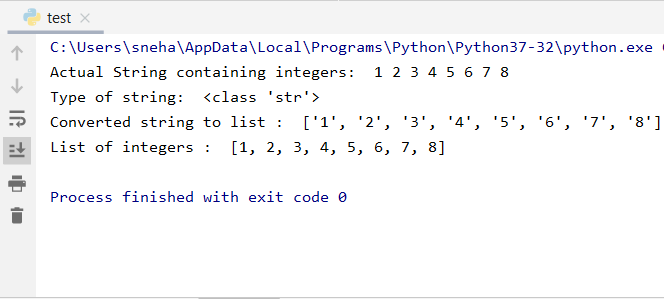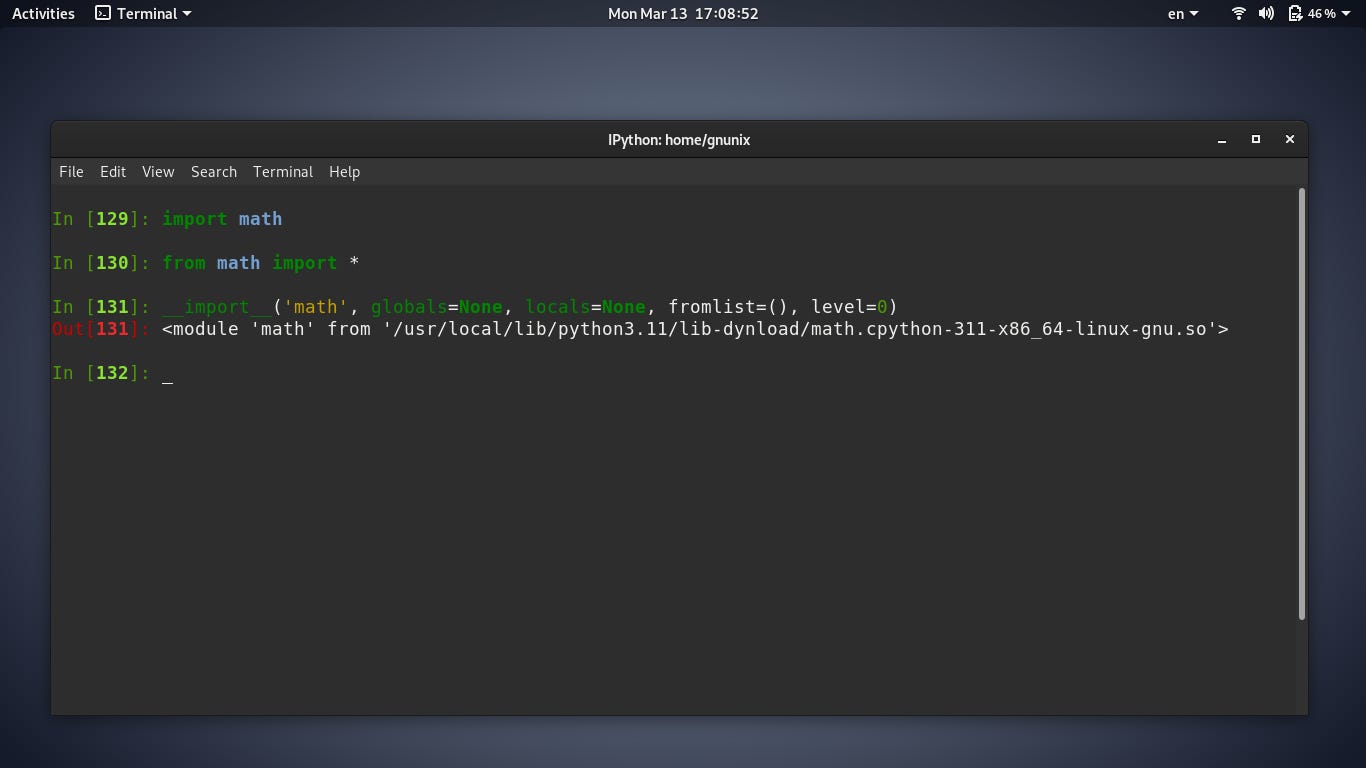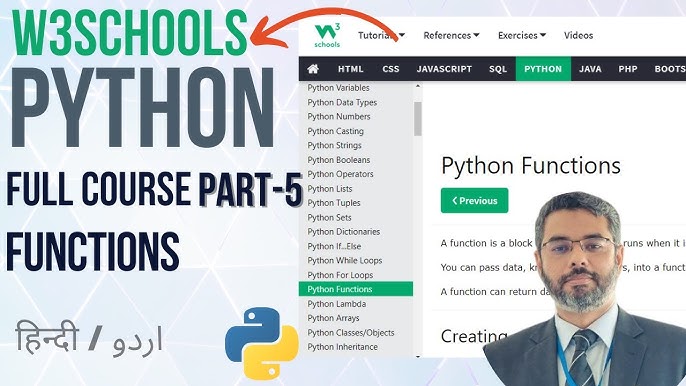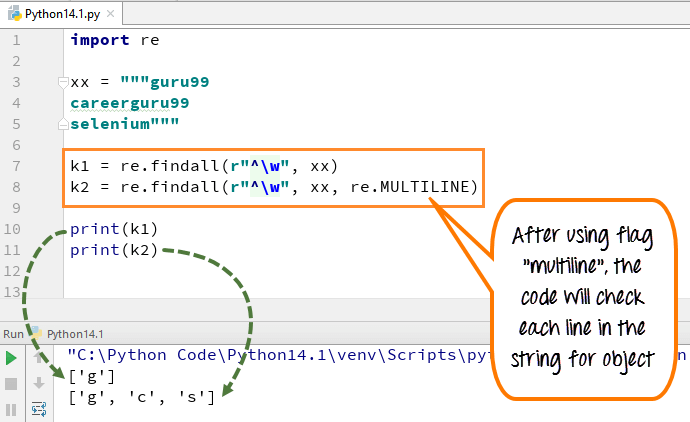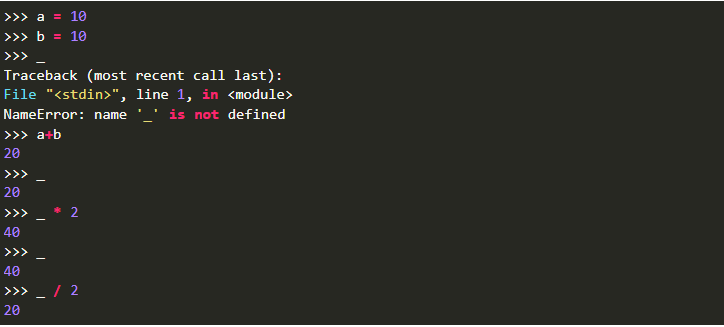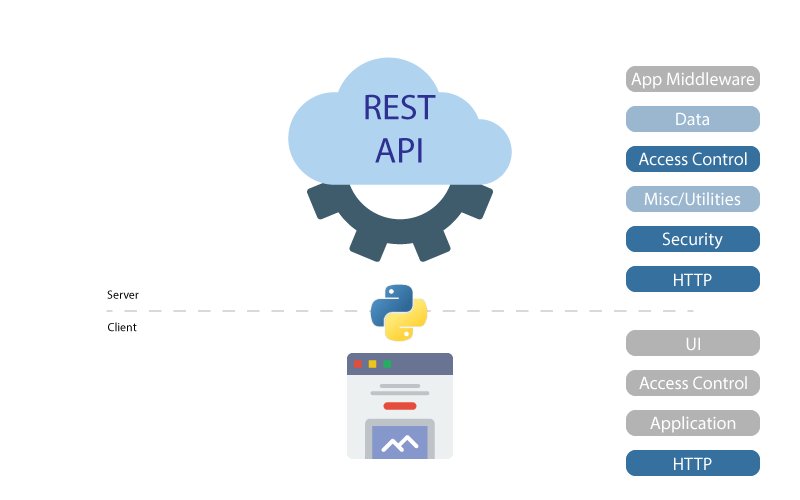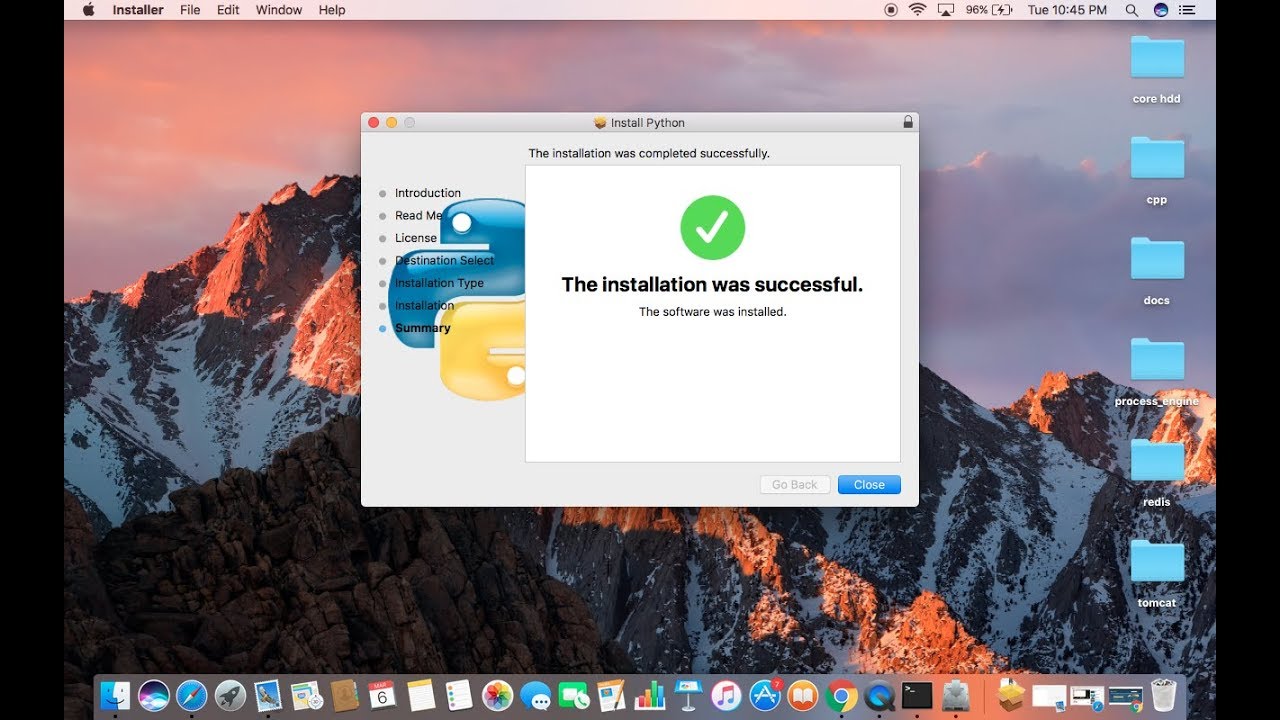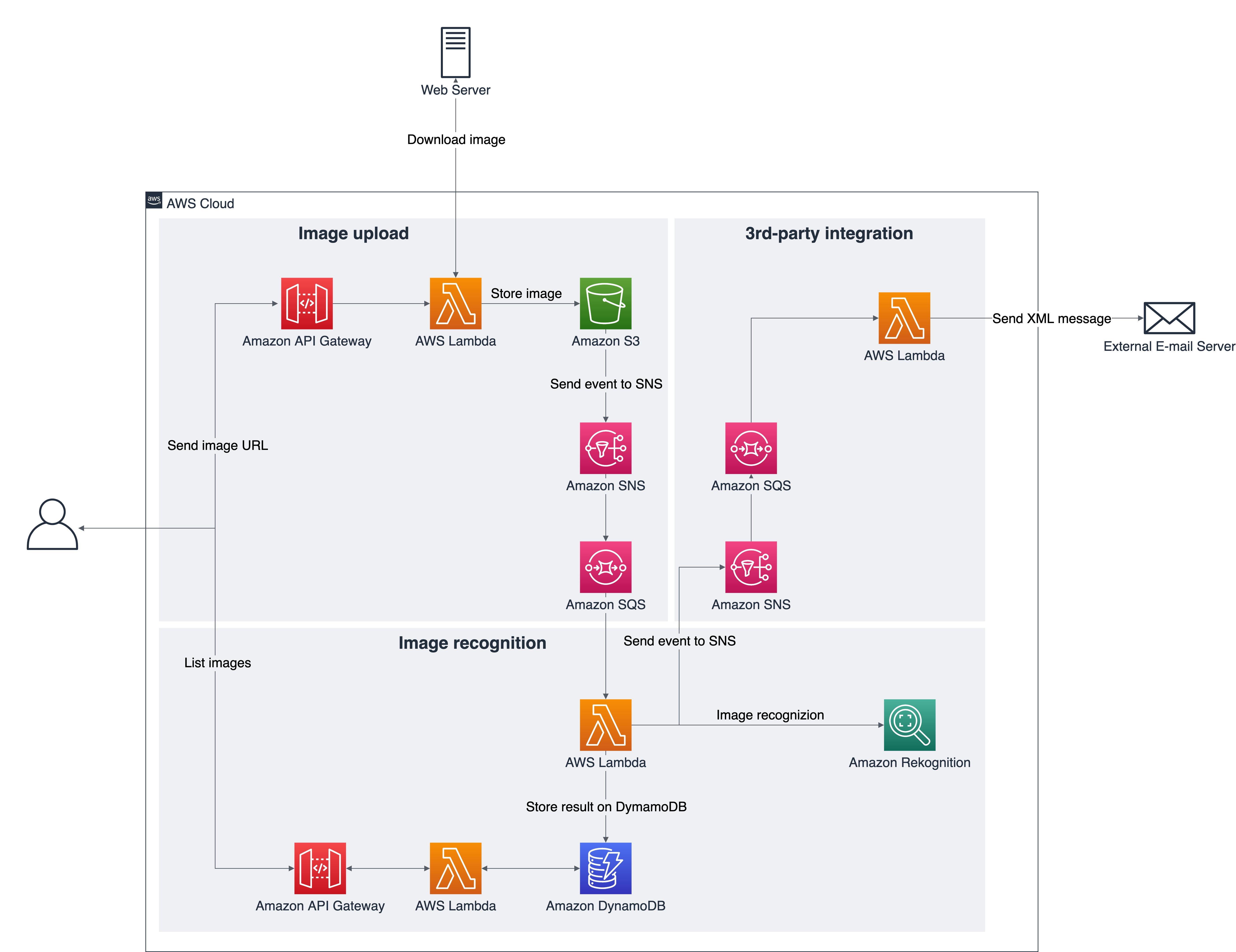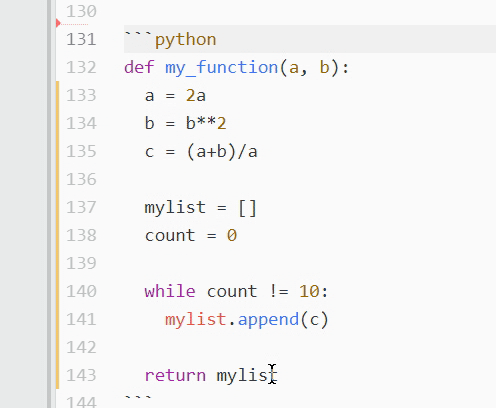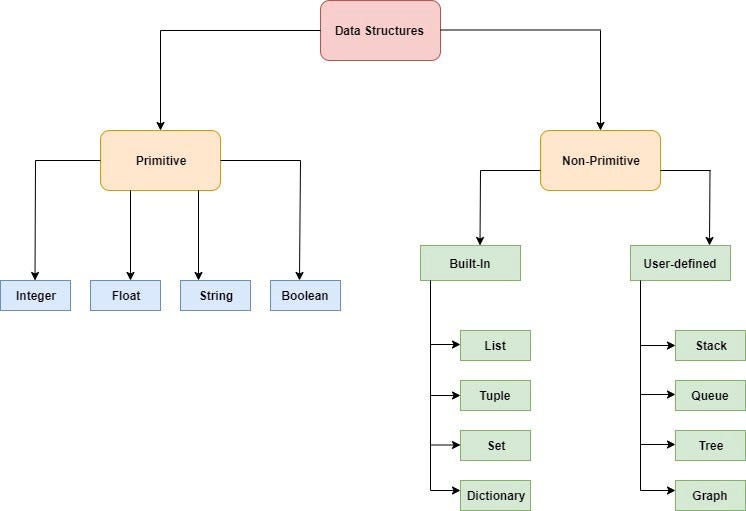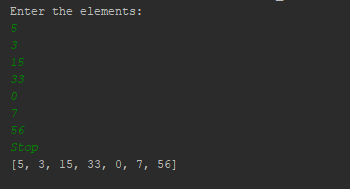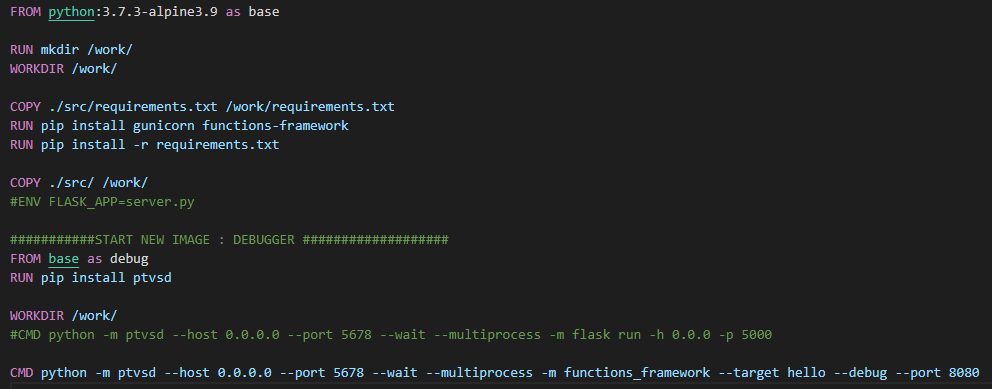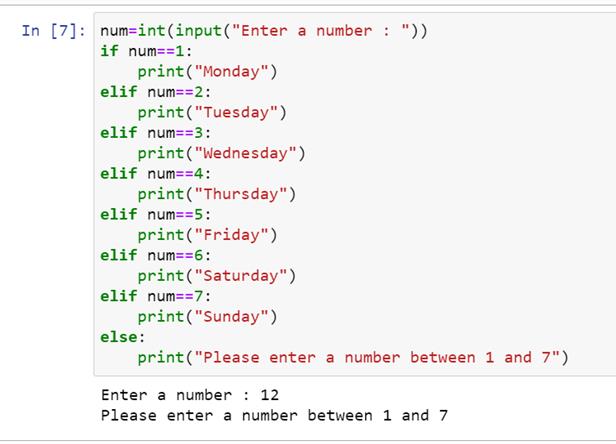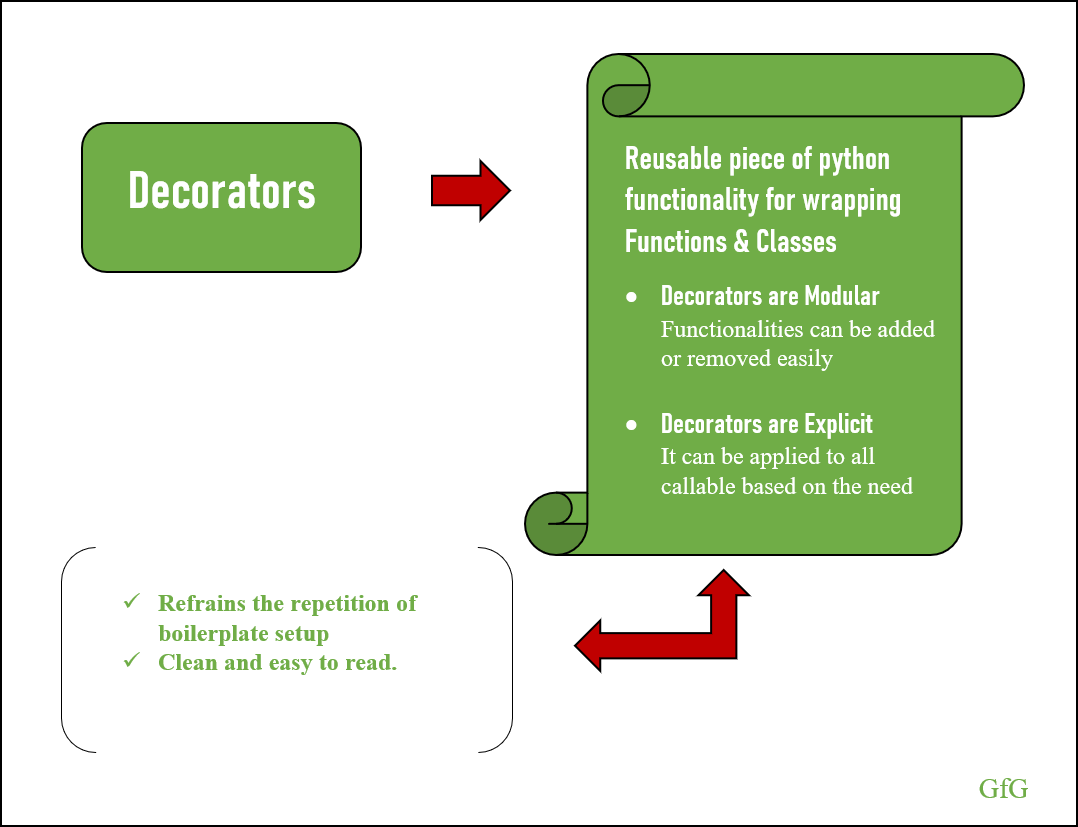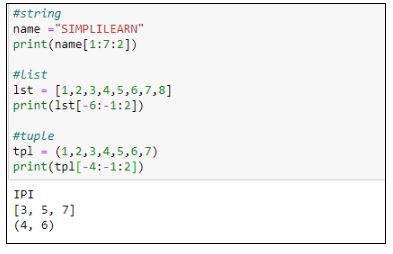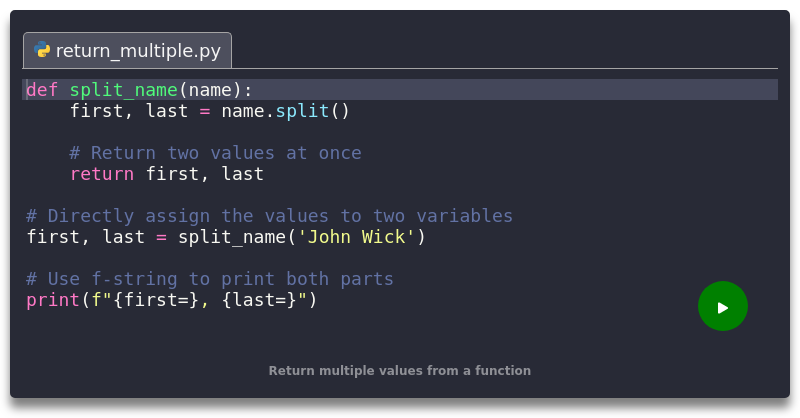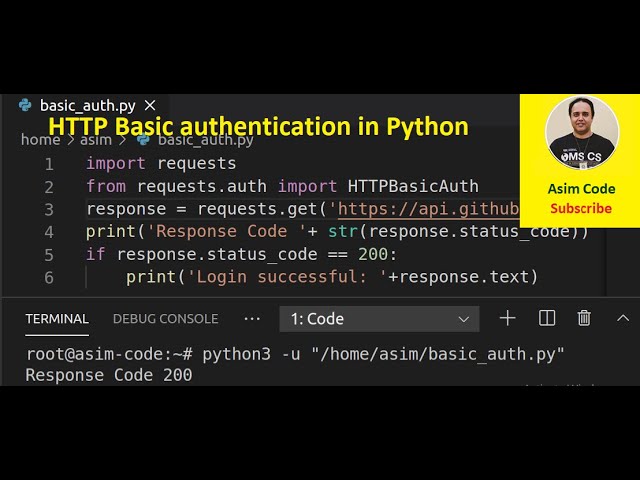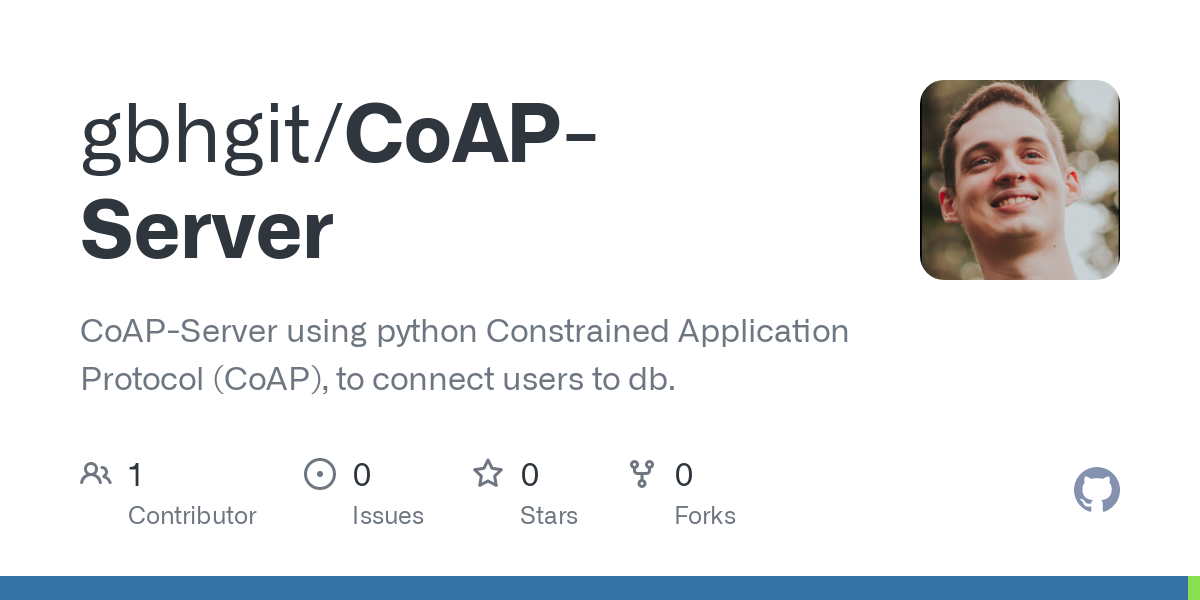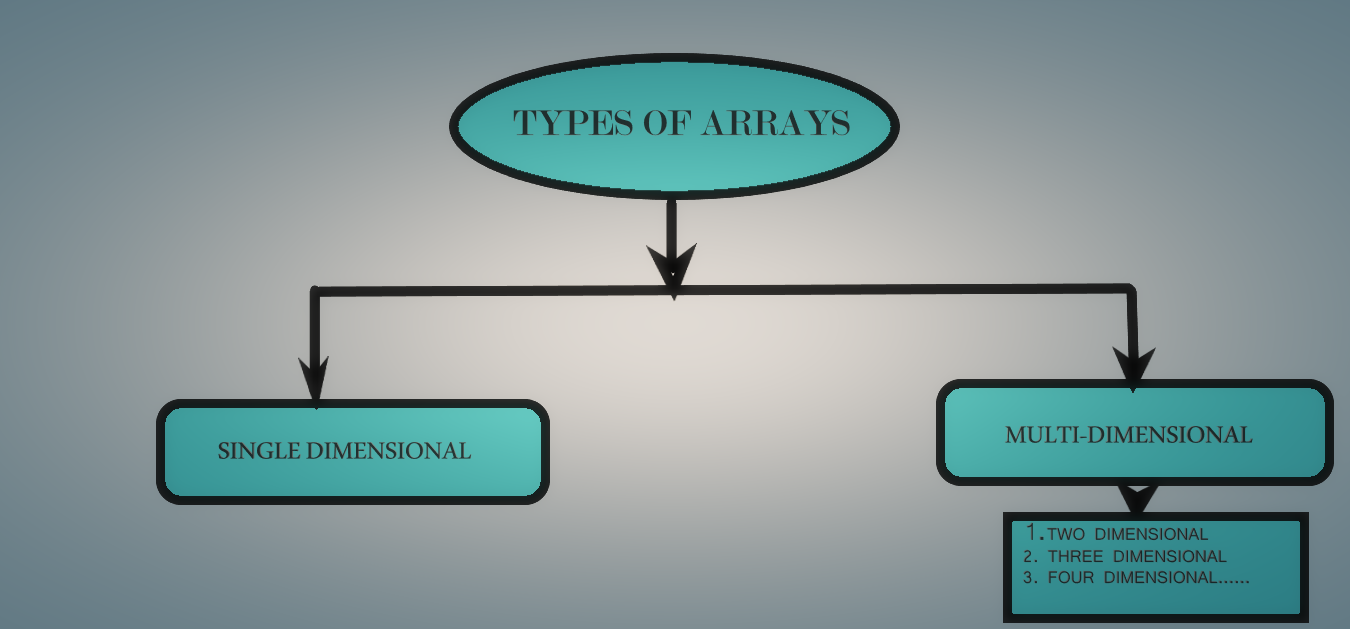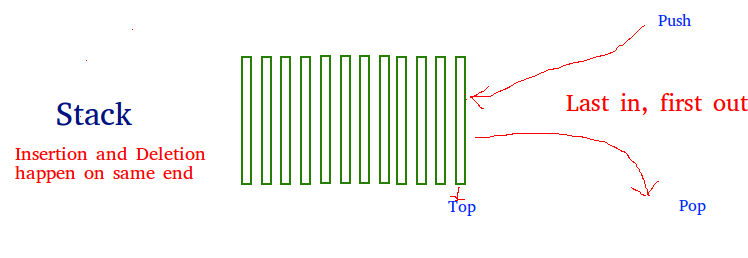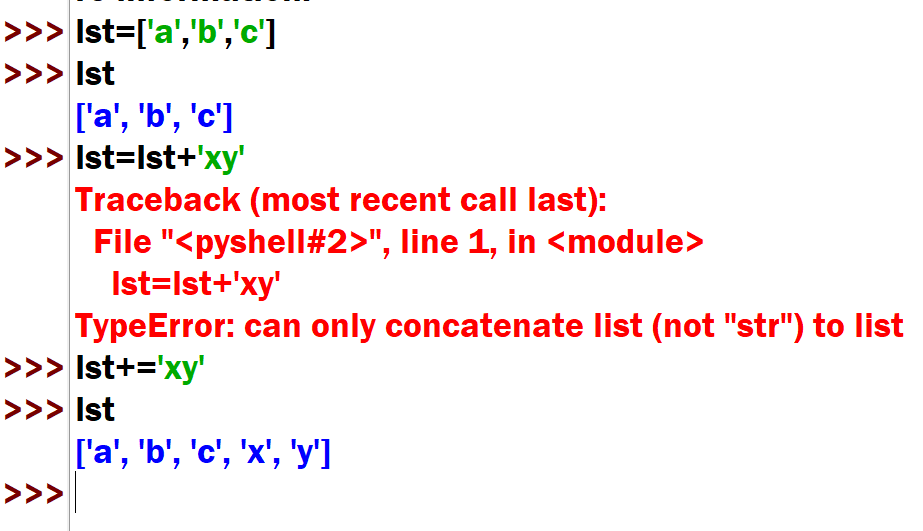Python is an example of what type of programming language
Python is an example of what type of programming language
I'd be happy to respond in English!
Python is a high-level, interpreted programming language that is widely used for various purposes such as web development, scientific computing, data analysis, artificial intelligence, and more. It was created in the late 1980s by Guido van Rossum and first released in 1991.
One of the key characteristics of Python is its ease of use. The syntax is designed to be readable and easy to understand, making it a great language for beginners or those who want to quickly prototype an idea. It's often described as "readability-focused" because the code is written in a way that makes sense, with clear and concise variable names, indentation-based syntax, and minimal boilerplate.
Another reason Python is popular is its large standard library, which includes modules for various tasks such as file I/O, networking, and data structures. This means developers don't need to write their own code from scratch for common tasks, which saves time and makes it easier to focus on the specific problem they're trying to solve.
Python's versatility is another major advantage. It can be used for web development (e.g., with frameworks like Django or Flask), scientific computing (e.g., with NumPy and SciPy), data analysis (e.g., with Pandas and Matplotlib), machine learning (e.g., with scikit-learn and TensorFlow), and even automation tasks (e.g., with scripts that interact with the operating system).
In terms of its syntax, Python is known for its indentation-based structure, where blocks of code are denoted by spaces or tabs. This can be a bit different from languages like C or Java, which use curly braces or semicolons to define scope. Python also has a unique way of handling errors, using try-except blocks to catch and handle exceptions.
Python's popularity has led to the creation of many libraries and frameworks that make it easy to perform specific tasks. For example, NumPy provides support for numerical computations, while Pandas makes data manipulation and analysis easier. Flask is a micro web framework that helps build web applications quickly and efficiently.
In recent years, Python has become increasingly popular in the field of artificial intelligence (AI) and machine learning (ML), thanks to its simplicity and ease of use. Many AI/ML libraries, such as TensorFlow, Keras, and PyTorch, are built on top of Python, making it an ideal choice for developing AI/ML applications.
In summary, Python is a high-level, interpreted language that's known for its readability, versatility, and ease of use. It has a large standard library, is suitable for various purposes (web development, scientific computing, data analysis, AI/ML), and is widely used in industry and academia alike.
Is python is an example of a programming language quora
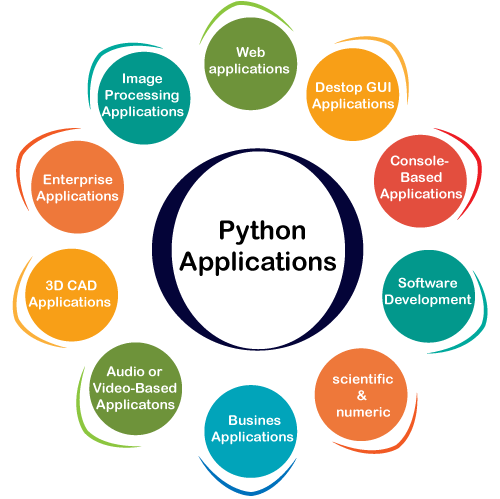
I'd be happy to respond in English!
Yes, Python is indeed an example of a programming language, and one of the most popular ones at that.
Python is a high-level programming language that was created in the late 1980s by Guido van Rossum, a Dutch computer programmer. It's often referred to as a "scripting language" because it's designed for quick and easy development, rather than for complex computations or memory management.
One of the key features that sets Python apart from other programming languages is its simplicity and readability. Python code tends to be concise and easy to understand, making it an excellent choice for beginners and experts alike. Its syntax is also relatively straightforward, with a focus on whitespace and clear variable naming conventions, which makes it easier to maintain and debug.
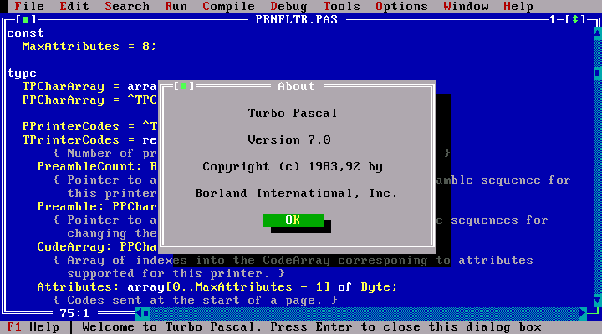
Another significant aspect of Python is its extensive use in various domains, including:
Data Science and Machine Learning: Python has become the de facto language for data analysis, visualization, and machine learning tasks due to libraries like NumPy, Pandas, scikit-learn, TensorFlow, and Keras. Web Development: Frameworks such as Django, Flask, Pyramid, and web2py allow developers to create robust, scalable, and maintainable web applications quickly. Scientific Computing: Python's simplicity, flexibility, and extensive libraries make it an ideal choice for scientific simulations, data analysis, and visualization in fields like physics, biology, chemistry, and more. Automation and Scripting: Python's ease of use, flexibility, and cross-platform compatibility make it a popular choice for automating tasks, such as file management, email processing, and system administration.Python's popularity is also due to its massive community, which has developed countless libraries, frameworks, and tools that cater to various needs. The PyPI (Python Package Index) repository alone contains over 100,000 packages! This means you can leverage the collective expertise of developers worldwide to tackle your specific project requirements.
Lastly, Python's versatility and ease of use make it an excellent language for learning programming concepts in a fun and engaging manner.
So, there you have it – Python is indeed an example of a programming language that has become an integral part of our digital landscape!
Would you like me to expand on any of these points or provide more details about the Python ecosystem?
